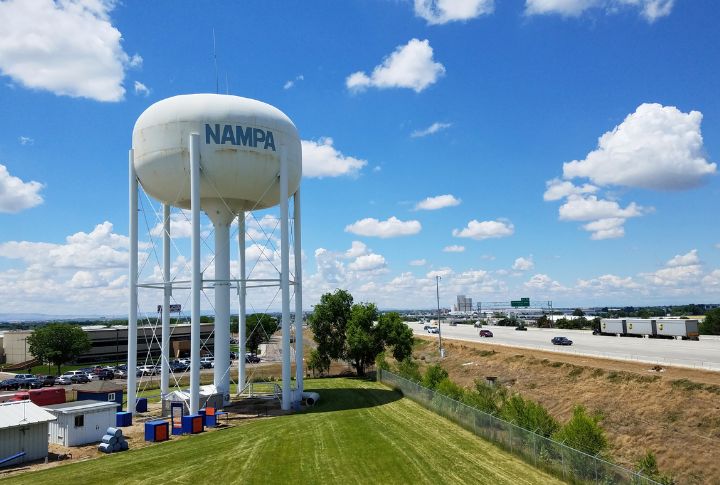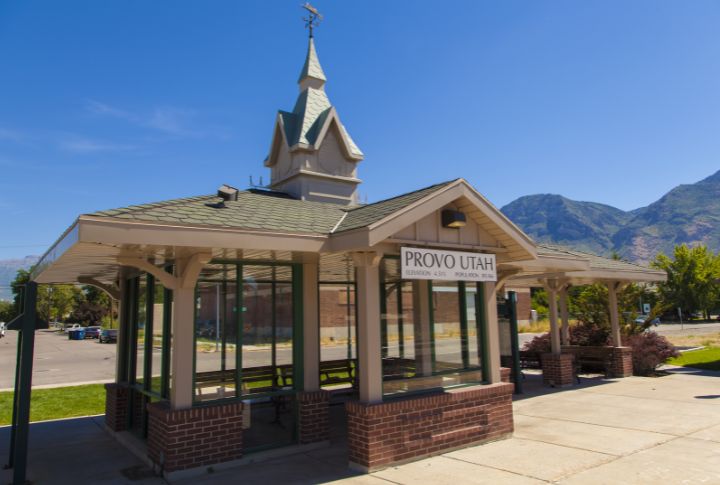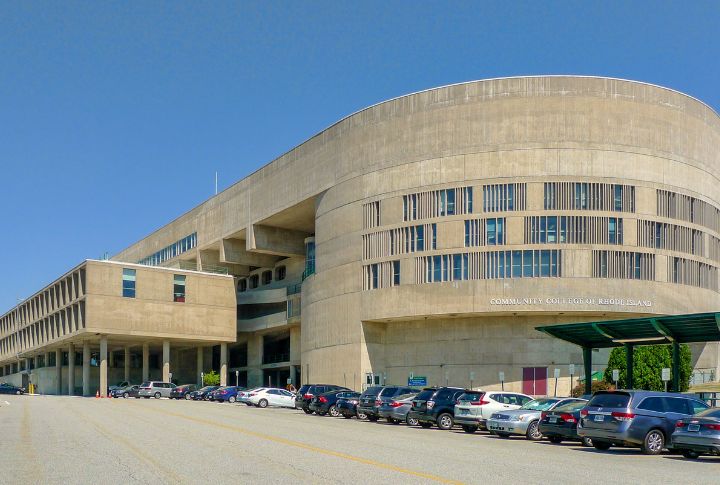
Some places manage to keep everything running smoothly without overspending or cutting corners. It’s not magic; it’s responsible leadership in action. This list reveals where your tax dollars work hardest. Compare your city and see how the best in America keep things well-managed.
Nampa, Idaho

City officials in Nampa operate on one of the tightest budgets nationwide yet maintain impressive results. Public services and transportation systems run smoothly. Careful spending practices have kept taxes low while still meeting the needs of a growing residential population.
Lexington-Fayette, Kentucky

Lexington-Fayette benefits from a merged city-county government that streamlines operations and reduces redundancy. This efficiency results in low administrative costs and strong oversight. The city effectively manages population growth, with per-capita income rising modestly to $42,773 in 2023.
Nashua, New Hampshire

While many cities struggle with overhead, Nashua keeps general expenses below average. Its strength lies in service reliability, especially education and safety, as well as in delivering with minimal waste. Consistently ranked among the best-run smaller cities, Nashua reflects well-managed growth and transparent civic planning.
Boise, Idaho

Rapid expansion hasn’t derailed efficiency in Boise. Careful infrastructure investment has kept roads, schools, and emergency services responsive. It ranks high for public safety and sustainability efforts while maintaining lower-than-average taxpayer costs. Annual reports show steady reserves and a favorable debt ratio.
Provo, Utah

Provo’s city government excels in efficient budgeting and service delivery. It maintains low costs without reducing quality. High satisfaction ratings and streamlined operations highlight how the city meets resident needs without overspending or bloating its administrative systems.
Lincoln, Nebraska

Instead of expanding bureaucracy, this city of Nebraska has focused on automation and strategic hiring. The city keeps administrative costs low while maintaining excellent libraries and emergency services. It also performs well in financial sustainability metrics, with steady economic growth and one of the lowest municipal debt levels.
Fort Wayne, Indiana

Public service delivery in Fort Wayne ranks high in consistency and affordability. Unlike many midwestern cities, Fort Wayne avoids overextension by investing in preventive maintenance, not costly overhauls. Its water treatment systems and zoning enforcement all function with disciplined cost control.
Las Cruces, New Mexico

Despite limited tax revenue, this New Mexico city maintains dependable public services through lean budgeting and effective grant utilization. The city has received over $172 million in federal funding to improve road and rail safety, pedestrian access, and vehicle connectivity. Local officials monitor performance closely to minimize budget drift and inefficiencies.
Missoula, Montana

The town stands out for its environmental priorities and operational discipline. It keeps energy costs down through green infrastructure, which reduces long-term expenses. For example, Missoula Electric Cooperative offers rates starting at 7¢ per kWh. Moreover, the city also actively participates in wildfire prevention efforts, offering resources and consultations to help residents prepare for fire risks.
Durham, North Carolina

Durham’s innovation in data-backed city management sets it apart in North Carolina. From traffic signal optimization to predictive maintenance on sewer lines, the city uses smart tech to drive efficiency. Resident engagement tools also reduce bureaucratic delays, keeping processes lean across housing and sanitation.
Oklahoma City, Oklahoma

A key strength in this capital city is how it scales services without bloating the budget. Oklahoma City excels in managing its vast infrastructure grid and emergency response systems. Officials focus on outcome-based planning, helping the city meet high standards without overtaxing its residents.
Warwick, Rhode Island

Residents of this city benefit from tight financial oversight and an emphasis on streamlined permitting and municipal service access. Public safety performance remains strong despite limited geographic size and constrained long-term revenue growth. It avoids outsourcing core functions, which keeps operations accountable.
Raleigh, North Carolina

There’s a strong correlation between efficient spending and public satisfaction here. Raleigh uses data-backed decisions to allocate funds toward utilities and emergency response. Budget surpluses are reinvested in infrastructure maintenance, not expansion, helping the city maintain top-tier rankings without raising service costs.
Wichita, Kansas

Unlike cities that over-rely on debt, this one emphasizes pay-as-you-go infrastructure upgrades. Its water systems and emergency dispatch functions are notably efficient. Annual audits consistently show low administrative overhead and strong reserve balances, positioning Wichita as a standout in fiscal discipline.
Rapid City, South Dakota

The city invests in regional cooperation to avoid duplicated services like emergency response, waste management, and infrastructure maintenance, allowing it to stretch every tax dollar with precision. Rapid City’s government also applies conservative spending to stormwater systems and police services.
Huntington Beach, California

Few coastal cities manage public funds with this level of discipline. Huntington Beach has good environmental services, flood control, and law enforcement. Officials prioritize practical upgrades over aesthetic overhauls, delivering essential services efficiently while still responding to seasonal tourism and population pressures.
Virginia Beach, Virginia

Virginia Beach carefully manages growth through Strategic Growth Areas to balance development and sustainability. Known for strong emergency management, the city ensures reliable public services and efficient infrastructure, making it a well-prepared and smoothly running community.
Chandler, Arizona

Rather than expanding its workforce, Chandler invests in automation and interdepartmental coordination. Utility billing, permit processing, and maintenance reporting are streamlined through central systems. This has helped the city hold down long-term personnel costs while improving access and responsiveness across high-demand public-facing services.
Overland Park, Kansas

Public feedback drives many of this city’s spending decisions. Overland Park uses transparent budget tools and resident input to prioritize improvements. Its well-maintained parks and low municipal debt demonstrate how fiscal responsibility can coexist with the consistent quality of life in growing suburbs.
Fremont, California

High labor costs haven’t prevented Fremont from staying efficient. City leaders focus on preventative infrastructure care and cross-trained emergency teams. It’s also a leader in sustainability budgeting, using energy savings to offset operational costs without sacrificing essential services. Fremont’s model blends smart planning with long-range execution.
